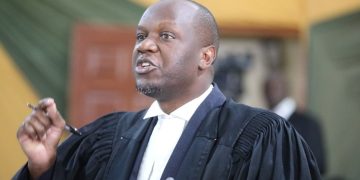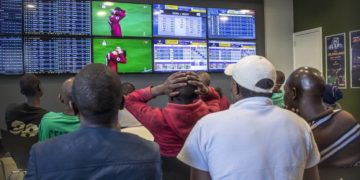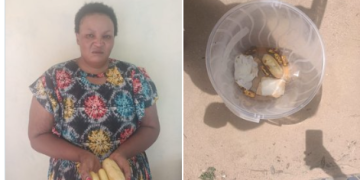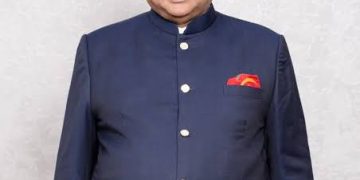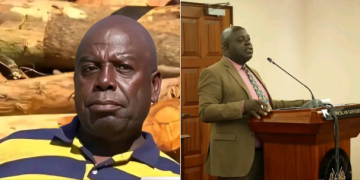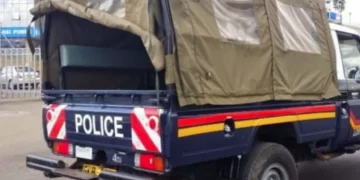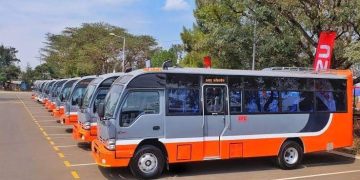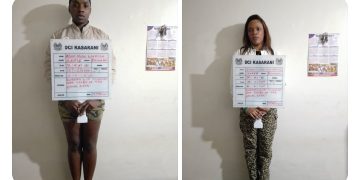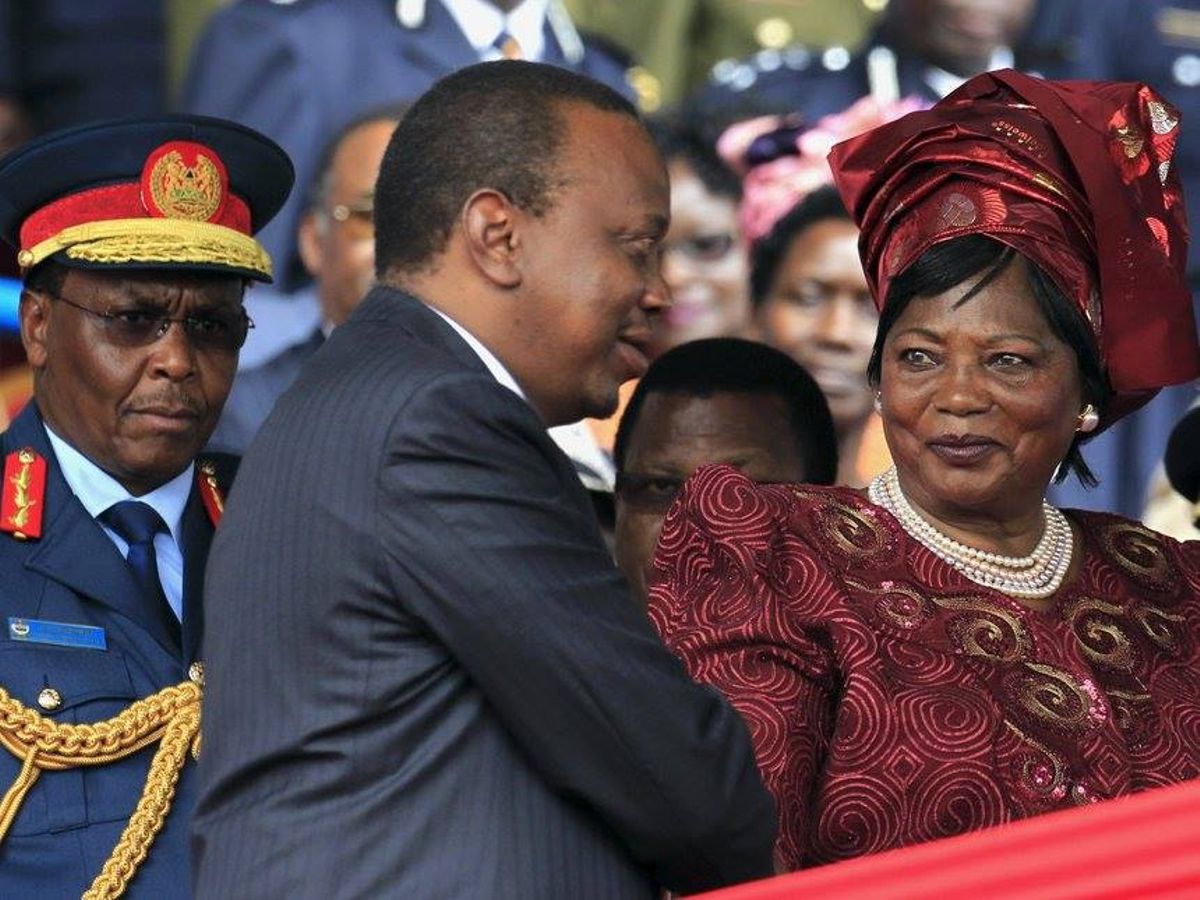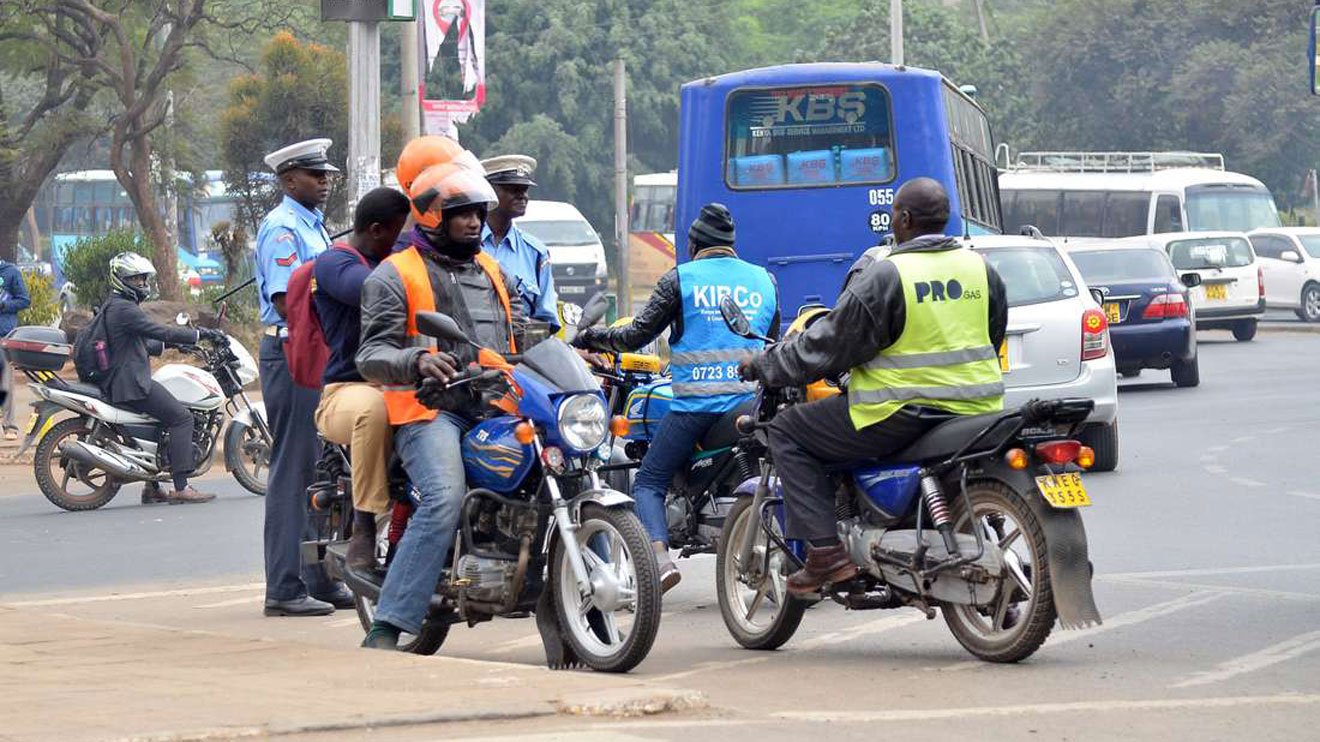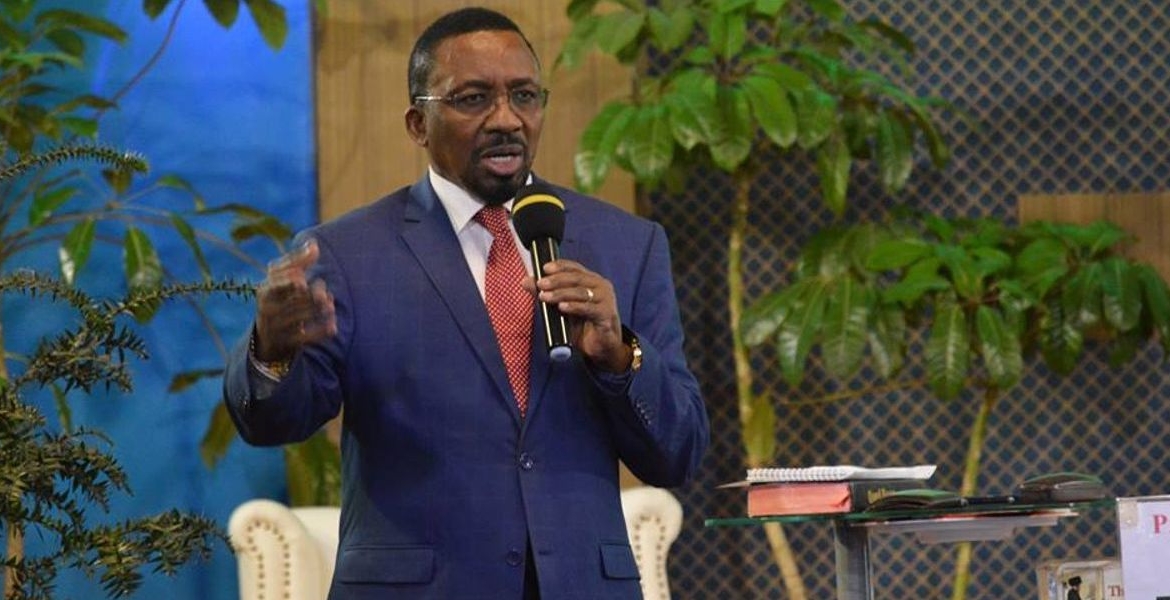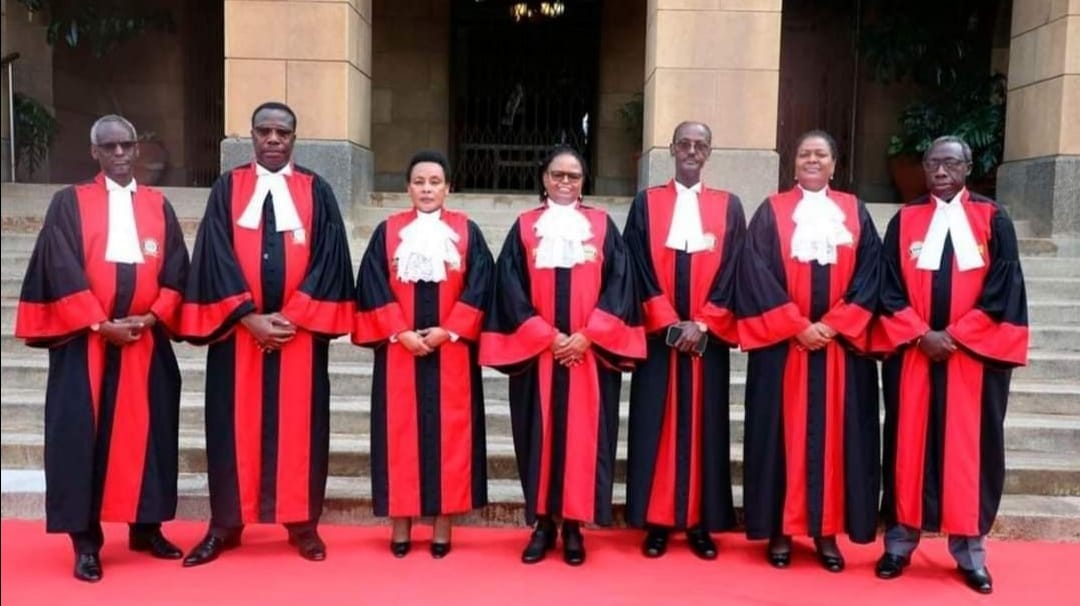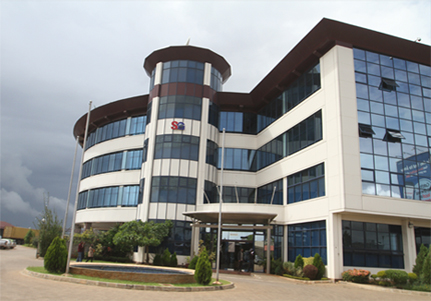The Supreme Court of Kenya released its complete ruling on Monday, including the reasons why Raila Odinga’s plea was denied.
William Ruto’s victory in the general election on August 9 was challenged by Raila and other petitioners.
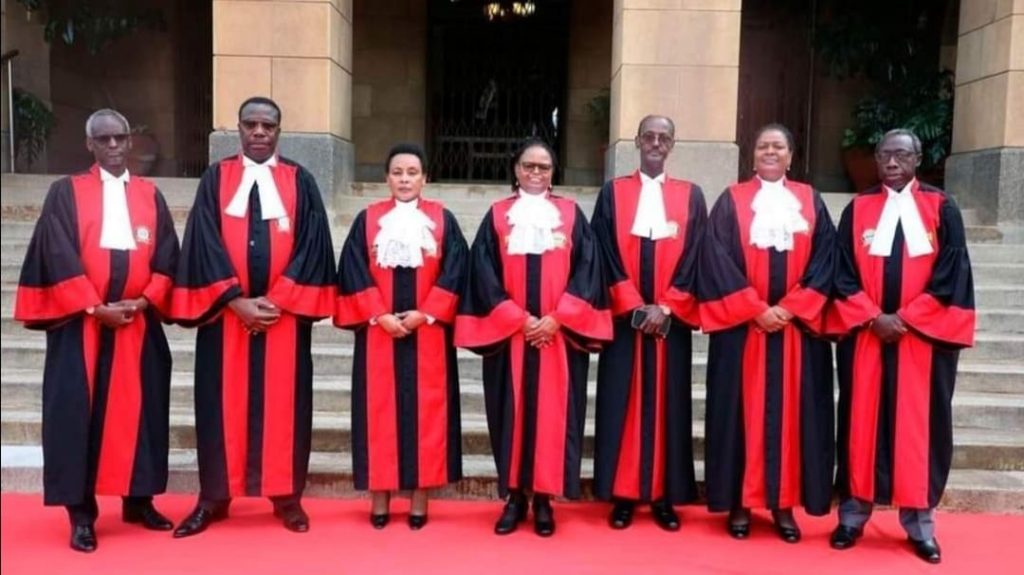
Nine petitions were submitted, eight of which supported the nullification and one the election of Ruto.
Two petitions were dismissed by the seven-judge panel, which combined the remaining seven into one.
Nine issues remained after the petitions were submitted and the Supreme Court was asked to rule on them.
Here are some of the issues that led the Supreme Court judges to dismiss Azimio petition;
1. Whether the technology deployed by IEBC for the conduct of the 2022 General Election met the standards of integrity, verifiability, security, and transparency to guarantee accurate and verifiable results.
(a) Whereas it is true that the KIEMS kits failed in 235polling stations, 86,889 voters were granted the right to vote manually and the requisite Forms 32A duly filled. This happened successfully in Kibwezi West Constituency and parts of Kakamega County.
(b) While the Audit Report was released to the public seven days before the 9th August election, the Register of Voters was used at the election without any apparent anomalies. No prejudice was shown to have been occasioned to any voter or party.
(c) Smartmatic was procured to provide the necessary technological infrastructure as IEBC did not have the capacity to do so. No credible evidence meeting the requisite standard of proof of access to the system by unauthorized persons was adduced by the petitioners.
(d) The Scrutiny Report prepared by the Registrar of this Court did not reveal any security breaches of IEBC’s RTS.
(e) IEBC successfully deployed a Biometric Voter Register(BVR) system which captures unique features of a voter’s facial image, fingerprints and civil data, to register and update voter details across the country and in the diaspora.
(f) In compliance with Section 6A of the Elections Act IEBC opened the Register of Voters for inspection and verification of biometric data by members of the public for a period of 30 days. Thereafter, the Register was revised to address issues arising from the verification exercise. KPMG then audited the Register and we are satisfied that the inconsistencies and inaccuracies identified during the Audit were successfully addressed.
2. Whether there was interference with the uploading and transmission of Forms 34A from the polling stations to IEBC’s Public Portal.
(a) No credible evidence was presented to prove that anyone accessed the RTS to intercept, detain or store Forms 34Atemporarily before they were uploaded onto the Public Portal. The allegation that 11,000 Forms 34A were affected by staging was similarly not proved.
(b) The allegation that IEBC, its officials and strangers used a tool to tamper with the Forms 34A before converting them to the PDF that eventually appeared on the Public Portal was sufficiently explained when IEBC demonstrated how KIEMS captured and transmitted the image of Form 34A. Accordingly we dismiss the allegation.
(c) During the ICT scrutiny it turned out that the transmission logs produced in the affidavit of Justus Nyang’aya were of no probative value.
(d) The Registrar’s Report shows that the original Forms 34Afrom the contested polling stations which were allegedly intercepted were exactly the same as those on the Public Portal and the certified copies presented to this Court under Section 12 of the Supreme Court Act.
(e) Regarding the allegation that the integrity of the Public Portal was compromised, this was disproved by evidence of consistent attributes such as unique time stamps, uniform PDF conversions at the polling stations, correct polling station mapping and consistent KIEMS reporting from verification to transmission of results.
(f) The RTS was configured on a Virtual Platform Network(VPN) and the SIM cards locked to a specific polling station. The server was also configured to accept results only from authorized and properly mapped KIEMS kit. In our view, the petitioners failed to produce credible evidence to the contrary.
(g) A review of some of the logs presented as evidence of staging showed that they were either from logs arising from the 2017 Presidential Election or were outright forgeries. In our considered view, there was no evidence of a man or machine in the middle server configured to IEBC’s VPN network; and no evidence was produced to show that the Chairperson of IEBC and staff were part of the alleged conspiracy to stage the transmission process.
3. Whether there was a difference between Forms 34Auploaded on IEBC’s Public Portal and the Forms 34A received at the National Tallying Centre, and the Forms34A issued to agents at the polling stations.
(a) There were no significant differences captured between the Forms 34A uploaded on the Public Portal and the physical Forms 34A delivered to the NTC that would have affected the overall outcome of the Presidential Election.
(b) No credible evidence was presented to support the allegation that Forms 34A presented to agents differed from those uploaded to the Public Portal. The Report by the Registrar of this Court confirmed the authenticity of the original forms in the sampled polling stations.
(c) The affidavits of Celestine Anyango Opiyo and Arnold Ochieng Oginga, while containing sensational information, were not credible as the Registrar’s Report confirmed that all the Forms 34A attached to those affidavits and purportedly given to them by agents at select polling stations were significantly different from the originals, certified copies and those on the Public Portal. The purported evidence of Celestine Opiyo and Arnold Oginga sworn in their respective affidavits was not only inadmissible, but are also unacceptable. It has been established that none of the agents on whose behalf the forms were being presented swore any affidavit; that there is nothing to show that they had instructed both Celestine Opiyo and Arnold Oginga to act for them. Yet the two have gone ahead to depone on matters that are not within their knowledge.
(d) This Court cannot countenance this type of conduct on the part of counsel who are officers of the Court. Though it is elementary learning, it bears repeating that affidavits filed in Court must deal only with facts which a deponent can prove of his own knowledge and as a general rule, counsel are not permitted to swear affidavits on behalf of their clients in contentious matters, like the one before us, because they run the risk of unknowingly swearing to falsehoods and may also be liable to cross-examination to prove the matters deponed. We must remind counsel who appear before this Court, or indeed before any other court, or tribunal of the provisions of Sections 113 and 114of Penal Code, that swearing to falsehoods is a criminal offence, and too that it is an offence to present misleading or fabricated evidence in any judicial proceedings.
(e) The contents of the affidavit of John Mark Githongo, which may contain forgeries, are dismissed for not meeting the evidential threshold. They contained no more than incredible and hearsay evidence. No admissible evidence was presented to prove the allegation that Forms34A were fraudulently altered by a group situated in Karen under the direction of persons named in the affidavit and video clip attached to it. In fact, his two affidavits amount to double hearsay, and incapable of being proved at each layer.
(f) The Form 34A for Gacharaigu Primary School which was sensationally presented by Julie Soweto, Advocate, to show that one, Jose Camargo, accessed the RTS and interfered with the result contained therein turned out to be no more than hot air and we were taken on wild goose chase that yielded nothing of probative value.
(g) The KIEMS kit relating to Psongoywo Primary School which bore the same serial number with another was admitted by IEBC as an inadvertent manufacturer’s error. We are also satisfied that the two kits had other identifying features that were markedly different including the time stamps and polling code. Nothing turns on that anomaly.
4. Whether the postponement of Gubernatorial Elections in Kakamega and Mombasa Counties, Parliamentary elections in Kitui Rural, Kacheliba, Rongai and Pokot South Constituencies and electoral Wards in Nyaki Westin North Imenti Constituency and Kwa Njenga in Embakasi South Constituency resulted in voter suppression to the detriment of the petitioners in Petition No. E005 of 2022.
(a) We are satisfied that IEBC had the requisite constitutional and legal authority to postpone election in the Counties, Constituencies and Wards in question.
(b) The petitioners have not only failed to present any evidence to prove that the postponement led to suppression of voter turnout, but also to show that the postponement was actuated by malice or bad faith or that it was influenced by irrelevant factors and considerations.
5. Whether there were unexplainable discrepancies between the votes cast for Presidential candidates and other elective positions.
(a) There were no unexplainable discrepancies between the votes cast for Presidential candidates and other elective positions.
(b) The explanation for this differential was satisfactorily given those voters who only vote for the President and no other candidate in an election, prisoners and Kenyans in the diaspora. There were also an insignificant number of stray votes.
6. Whether IEBC carried out the verification, tallying, and declaration of results in accordance with Article138(3)(c) and 138(10) of the Constitution.
(a) Notwithstanding the divisions apparent between the Chairperson and the four Commissioners, IEBC carried out the verification, tallying, and declaration of results in accordance with Article 138 (3) (c) and (10) of the Constitution.
(b) The mandate of tallying and verification of votes is vested in the Commission as a collectivity, and the Chairperson cannot exclude any member or members of the Commission. However the declaration of results vests exclusively in the Chairperson.
(c) The Chairperson does not have executive, special or extraordinary powers with regards to the tallying or verification of results.
7. Whether the declared President-elect attained 50%+1 of all the votes cast in accordance with Article 138(4) of the Constitution.
(a) The declared President-elect attained 50%+1 of all the valid votes cast in accordance with Article 138(4) of the Constitution.
(b) In calculating whether a Presidential candidate has attained50% +1 of votes cast in accordance with Article 138 (4) of the Constitution only valid votes cast can be considered. Rejected ballot papers, or votes are void and incapable of conferring upon any candidate a numerical advantage.
8. Whether there were irregularities and illegalities of such magnitude as to affect the final result of the Presidential Election.
We conclude on this ground that the irregularities and illegalities cited by the petitioners were not proved to the required standard, or at all.
9. What reliefs and orders can the Court grant/issue?
IEBC
(a) On corporate governance issues
1. Parliament should consider enhancing the statutory and regulatory framework on the separate policy and administrative remit of IEBC.
2. IEBC ought to effect formal internal guidelines that clearly delineate the policy, strategy, and oversight responsibility of the Chairperson and the Commissioners; and develop institutionalized guidelines on how to manage the separation of administrative and policy domains.
3. The roles of the Chairperson, Commissioners, and the Chief Executive Officer, other staff and third parties should be clearly set out in both the legislative and administrative edicts as stipulated above.
(b) On election technology
4. To avoid suspicion from stakeholders, unless where and when it is absolutely necessary, access to the servers supporting the transmission and storage of Forms 34A, 34B and 34C should be restricted to IEBC staff during the election period.
5. IEBC should ensure that the servers supporting the elections and those serving their internal administrative work are distinct and separate. This would then allow the Court, should the need arise, to carry out forensic imaging of the same without compromising and/or infringing any third-party agreements
(c) On statutory Forms
6. IEBC may consider simplifying and restructuring the Form34A and include a column that accounts for stray ballots. In addition, it may consider having only one section for total valid votes. The independent body may also find it prudent to thoroughly train its Returning Officers as to what constitutes valid votes per this Court’s decision.
7. IEBC ought to put in place specific mechanisms to allow for special voting as contemplated under Regulation 90 of the Elections (General) Regulations 2012.

